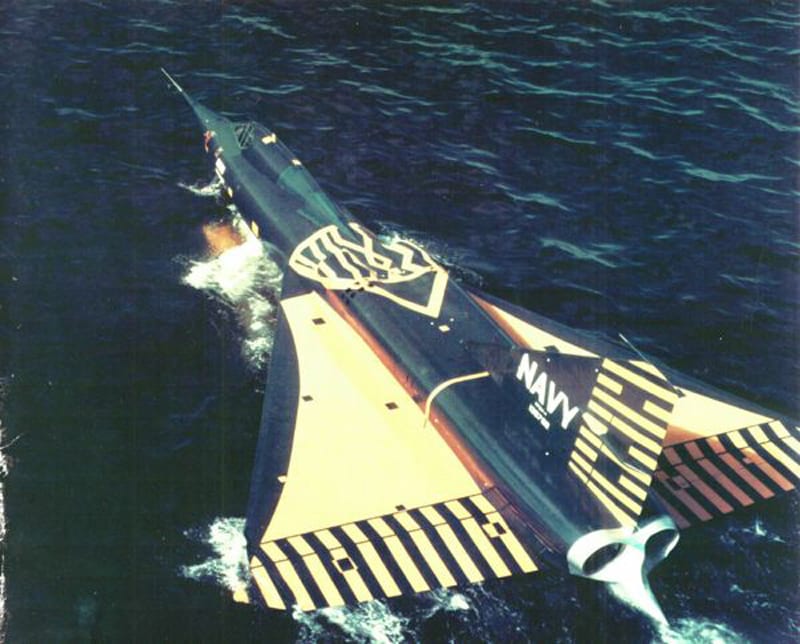In the history of aviation, there are many aircraft that have pushed the boundaries of innovation and technology, but few are as unique as the Convair F2Y Sea Dart. This experimental supersonic jet, developed in the early 1950s, was designed to take off and land on water—an ambitious project that captured the imagination of aviation enthusiasts and military strategists alike. Although it never fully realized its potential, the Sea Dart remains a fascinating chapter in the evolution of jet-powered fighters.

A Jet That Defied Convention
At a time when the U.S. Navy sought new ways to deploy supersonic jets without relying on expensive aircraft carriers, the F2Y Sea Dart was born. The idea was bold: to create a seaplane fighter that could operate from open waters, eliminating the need for land-based runways or carriers. With its sleek design and twin retractable hydro-skis, the Sea Dart was a technological marvel, capable of skimming across the water at high speeds before taking to the sky.
A Bold Design with High Ambitions
The Sea Dart featured a delta wing design, a hallmark of Convair’s aircraft, and was powered by a Westinghouse J46 turbojet engine. It was intended to achieve supersonic speeds, making it one of the fastest seaplanes ever conceived. What set the F2Y apart from other jets of its time was its unique ability to land on and take off from the water—a feature that made it highly versatile in theory, allowing it to operate from oceans or lakes.

Challenges and Setbacks
While the concept was groundbreaking, the execution faced significant challenges. The Sea Dart’s hydro-skis, meant to give the jet the ability to take off from water, caused excessive vibration during high-speed operations. The rough landings on water proved to be problematic, often leading to instability. In addition, advancements in aircraft carriers and their associated technologies made the need for water-based supersonic fighters less pressing.
The F2Y did achieve one historic milestone, however. On August 3, 1954, one of the prototypes became the first and only seaplane to break the sound barrier, a remarkable feat that proved the potential of its design. But this victory was short-lived, as technical issues and a fatal crash during a demonstration flight led to the cancellation of the program.
Legacy of the Sea Dart
Although the F2Y Sea Dart never entered mass production or saw combat service, it remains an important part of aviation history. Its daring concept and bold engineering inspired future innovations in aircraft design. The lessons learned from its development contributed to the progress in naval aviation and jet propulsion systems.
Today, the surviving Sea Dart prototypes are displayed in aviation museums, where they serve as a reminder of an era when engineers dared to dream big, even if the dreams didn’t always take off as planned.
In the world of aviation, the F2Y Sea Dart stands as a symbol of ambition, ingenuity, and the relentless pursuit of pushing the limits of what’s possible.





